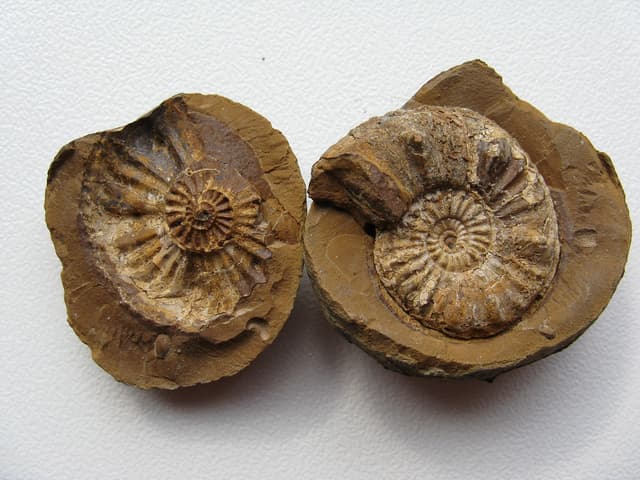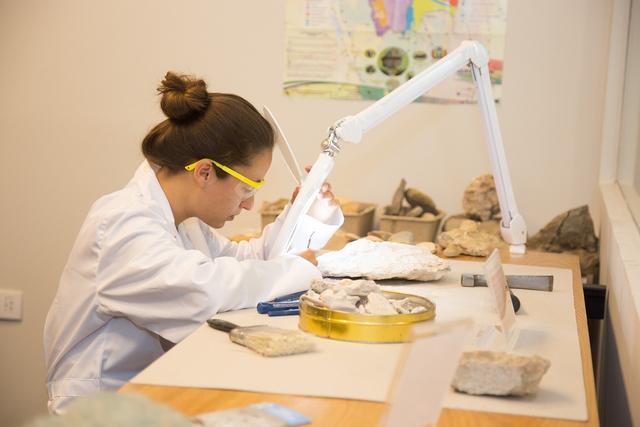Mary Anning (non-statutory)
I can talk about the importance of Mary Anning's work as a fossil hunter.
Mary Anning (non-statutory)
I can talk about the importance of Mary Anning's work as a fossil hunter.
These resources will be removed by end of Summer Term 2025.
Switch to our new teaching resources now - designed by teachers and leading subject experts, and tested in classrooms.
These resources were created for remote use during the pandemic and are not designed for classroom teaching.
Lesson details
Key learning points
- Mary Anning was a famous palaeontologist, known as one of the greatest fossil hunters to have ever lived.
- Male scientists at the time often did not credit her discoveries because she was a woman from a poor background.
- Today the Natural History Museum in London showcases several of Mary Anning's spectacular finds.
- There are still fossils to discover. Anyone could become a fossil hunter!
Keywords
Fossil - A fossil is the bones or remains of living things that are sometimes preserved in rocks.
Palaeontologist - A palaeontologist is a scientist who studies fossils and how life on Earth has changed over millions of years.
Discovered - Discovered is when something has been found, especially if this is for the first time.
Evidence - Evidence is information which helps us to prove if something is true or not.
Common misconception
Pupils may believe that during the time that Mary Anning lived women did not work in science.
Explaining to the pupils that Mary Anning was a trail blazer and, although it was difficult for her to work in the field of science, she continued to prove new theories and develop knowledge of fossils.
To help you plan your year 3 science lesson on: Mary Anning (non-statutory), download all teaching resources for free and adapt to suit your pupils' needs...
To help you plan your year 3 science lesson on: Mary Anning (non-statutory), download all teaching resources for free and adapt to suit your pupils' needs.
The starter quiz will activate and check your pupils' prior knowledge, with versions available both with and without answers in PDF format.
We use learning cycles to break down learning into key concepts or ideas linked to the learning outcome. Each learning cycle features explanations with checks for understanding and practice tasks with feedback. All of this is found in our slide decks, ready for you to download and edit. The practice tasks are also available as printable worksheets and some lessons have additional materials with extra material you might need for teaching the lesson.
The assessment exit quiz will test your pupils' understanding of the key learning points.
Our video is a tool for planning, showing how other teachers might teach the lesson, offering helpful tips, modelled explanations and inspiration for your own delivery in the classroom. Plus, you can set it as homework or revision for pupils and keep their learning on track by sharing an online pupil version of this lesson.
Explore more key stage 2 science lessons from the Rocks and soils unit, dive into the full secondary science curriculum, or learn more about lesson planning.

Equipment
Secondary sources about Mary Anning will be needed, e.g. books/internet.
Content guidance
- Depiction or discussion of discriminatory behaviour
Supervision
Adult supervision recommended
Licence
Starter quiz
6 Questions






a living thing is trapped in sticky tree resin that hardens.
a living thing leaves its shape or features in soft sediment.
Exit quiz
6 Questions







